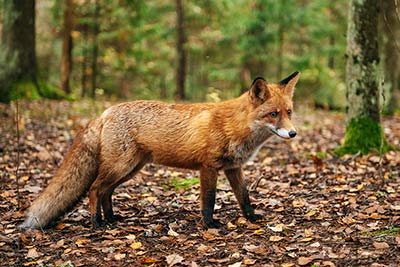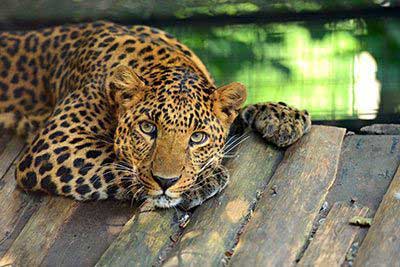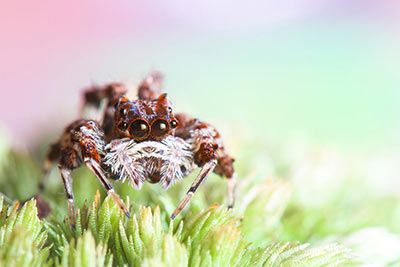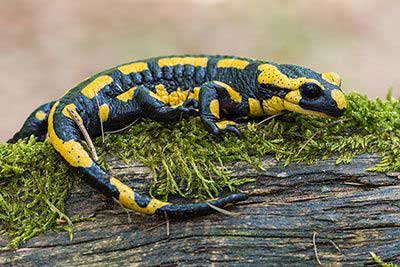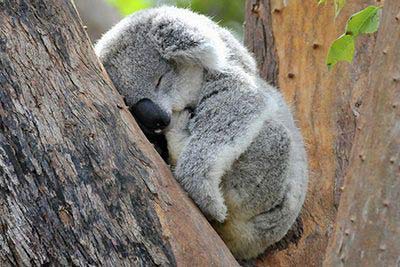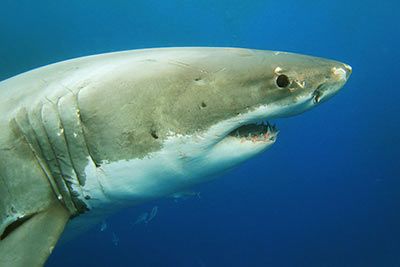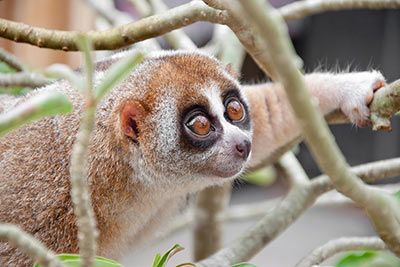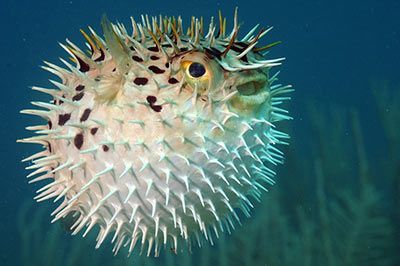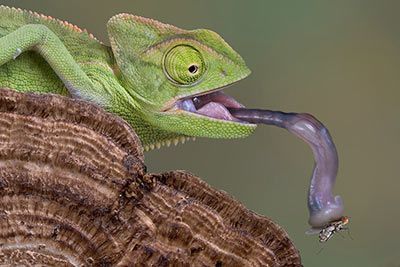Animals of the Forest
Discover the fascinating world of forest animals and their habitat, and learn about the vital role of forests!
The forest provides a habitat for many animals. Here they find food and shelter at the same time. Each animal occupies its own space – in the crown of a tree, in shrubs and bushes or on the ground. Hedges and meadows are often located near the edge of forests.

Forest Fact File
Species living in forests:
ca. 6,700 animal species, ca. 4,700 species of plants
A forest provides animals with:
- spots for breeding and nesting
- protection against the weather and animals of prey
- food
- ambush for animals of prey
A forest provides the environment with:
- water reservoirs
- protection for the soil
- climate protection, “air filter”
- oxygen production
Forests Are Divided into Layers
A forest is just like a building with four floors or so-called "layers": forest floor, herbaceous layer, shrub layer and tree layer. The more sunlight falls through the canopy of the tree layer, the more distinct are the shrub and soil layers. In each layer live different animals. Next time you go for a walk in the forest, you should try and find out what animals are living there.
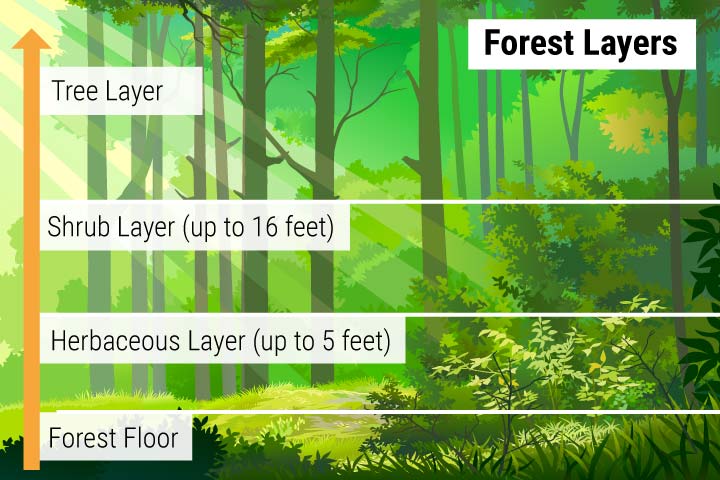
1. Forest floor (directly on the ground)
Mosses, lichens, mushrooms and foliage cover the ground of the forest. Insects, spiders and reptiles can be found there, but also mammals such as mice and hedgehogs. The nutritious soil provides food for many animals. For animals that dig little holes and tunnels into the ground, it also offers some hide-away.
Animals in the forest floor:
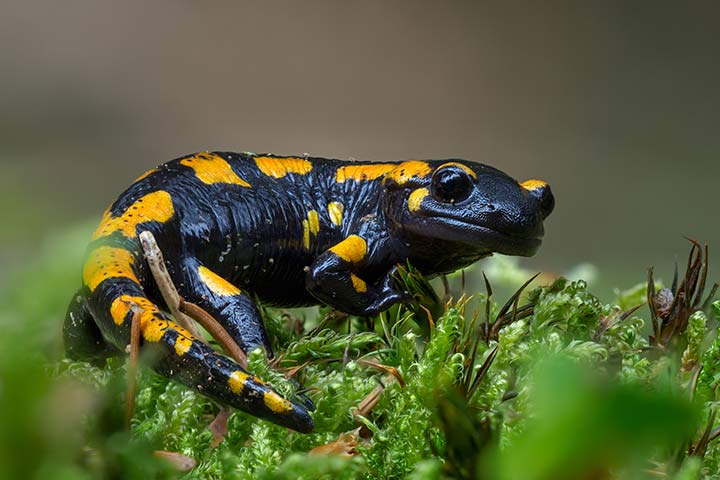
2. Herbaceous layer (up to 5 feet / 1.5 meters)
Mainly insects live between the grasses and ferns of the herbaceous layer. The plants provide protection and food as well. The more sunlight reaches the layer through the canopy of leaves, the more plants grow and thrive in the herbaceous layer. If there is not much sunlight, the vegetation is also rather sparse.
Animals in the herbaceous layer:
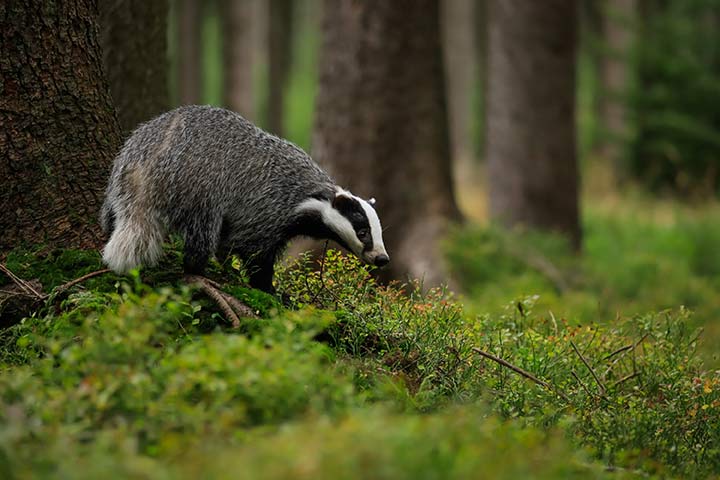
3. Shrub layer
Shrubs protect deer from bad weather and animals of prey. Birds use shrubs to hide in them, build nests and pick tasty fruits (such as rowan berries, sloes, raspberries). Many shrubs have thorns, which protect the birds from animals of prey.
Animals in the shrub layer:
- Blackbirds
- Deer
- Edible Dormouse
- Hazel Dormouse
- Robins
- Squirrel
- Thrushs
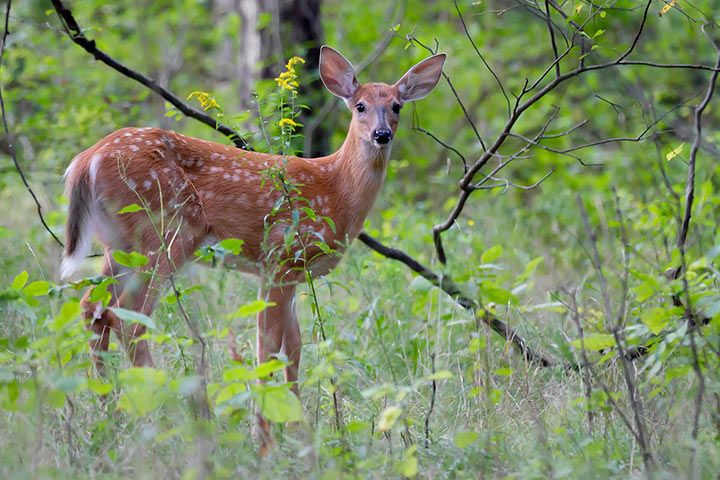
4. Tree layer (up to 16 feet / 5 meters)
Mainly birds live in the tree layer and have their nesting and breeding places there. In this area they are optimally protected against animals of prey that are living on the ground. Yet, also mammals such as the squirrel or the pine marten climb up that high. The squirrel even builds its nest up there, which is called “drey”.
Animals in the tree layer:
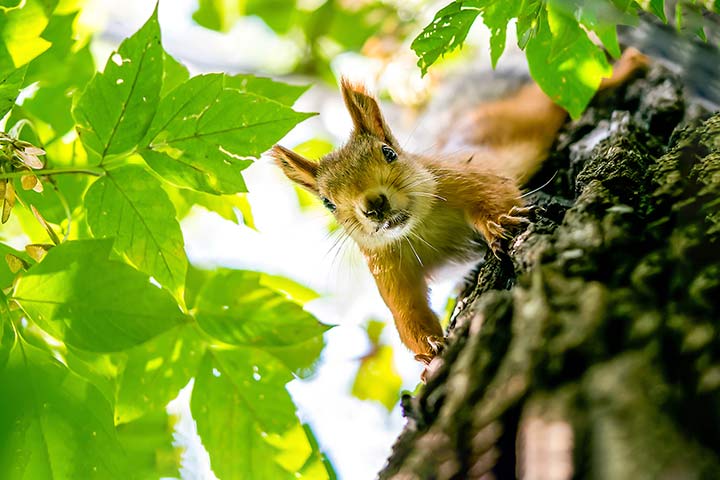
Interesting Facts about Trees in the Forest:
Forests are usually named after their types of trees, e.g.:
- Broadleaf forest: elms, willows, alder trees, birches
- Conifer forest: pines, spruces
- Mixed forest: mix of broadleaf and conifer forest
Forests are also named according to their geographic location, climate or composition. The mountain forest is obviously located in mountain regions. The swamp forest is rather wet and humid and can be found in swamp areas. The South-American rain forest is known for its particularly humid climate. A forest that is not cultivated by humans is called primary forest or old-growth forest. An alluvial forest is located next to creeks and rivers.
Did You Know?
- 32% of Germany’s land surface is covered by forests.
- Our indigenous trees can usually reach heights of up to 131 feet (40 meters).
- Oaks can be up to 850 years old.
- 80% of the sunlight is filtered by the leaves of the trees.
- Watch Now on animalfunfacts.net:
-
 How Do Animals Survive in the Arctic?
How Do Animals Survive in the Arctic? -
 How Do Animals Survive in the Desert?
How Do Animals Survive in the Desert? -
 Rainforest Animals
Rainforest Animals

